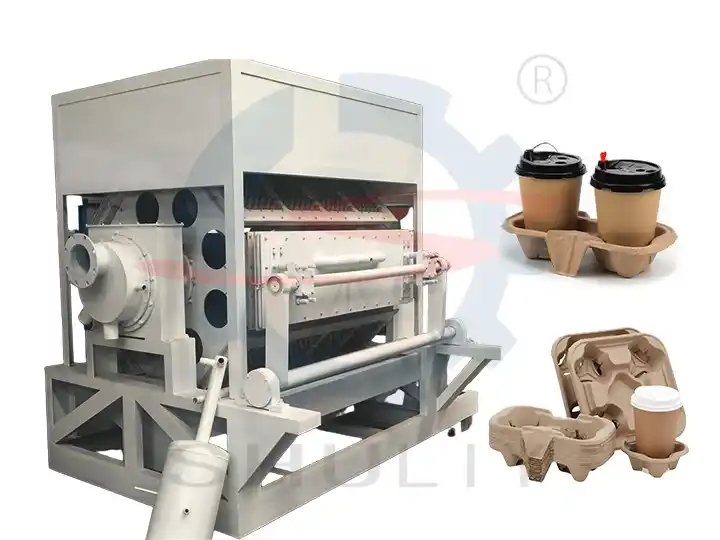Mengapa pembawa cangkir kopi itu penting?
Saat Anda mengambil kopi panas dari kafe, Anda sering kali akan melihat pembawa atau dudukan kertas di bawah cangkir. Aksesori yang tampak sederhana ini sebenarnya memainkan peran penting dalam kepraktisan, keamanan, ramah lingkungan, dan pengalaman pengguna. Dalam artikel ini, kita akan mengulas lebih dalam tentang asal-usul, fungsi utama, evolusi, dan keberlanjutan dari pembawa cangkir kopi — sebuah desain kecil yang sering terabaikan namun penuh makna.
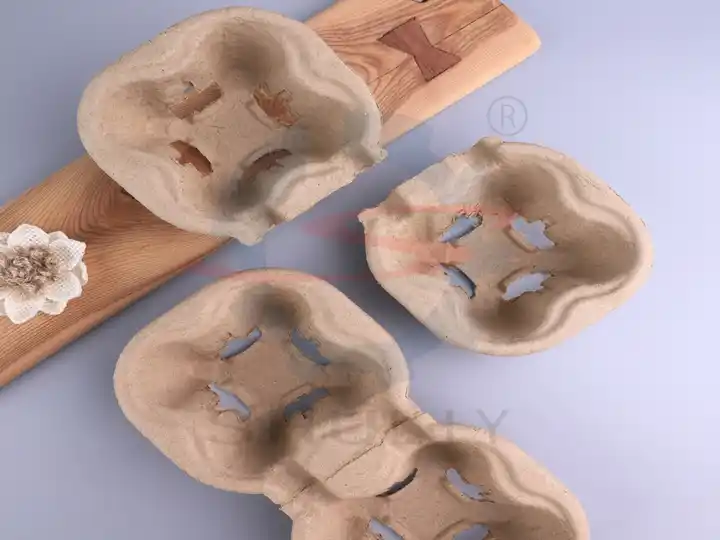
Asal-usul dan Sejarah Singkat Pembawa Cangkir Kopi Kertas
Konsep nampan cangkir kertas (juga disebut pembawa cangkir atau pembawa minuman) muncul pada pertengahan hingga akhir abad ke-20. Seiring dengan berkembangnya budaya makanan cepat saji dan kopi bawa pulang, pelanggan mulai membutuhkan cara untuk membawa beberapa minuman sekaligus. Solusi awal termasuk pemegang plastik atau kotak kardus.
Pada akhir abad ke-20, baki cangkir pulp cetakan mulai muncul dalam skala besar sebagai respons terhadap kesadaran lingkungan yang meningkat. Baki ini biasanya dibuat menggunakan kertas daur ulang melalui proses pencetakan pulp. Ringan namun kuat, baki ini dengan cepat menjadi bagian standar dari sistem bawa pulang untuk jaringan kopi besar seperti Starbucks dan McDonald’s.
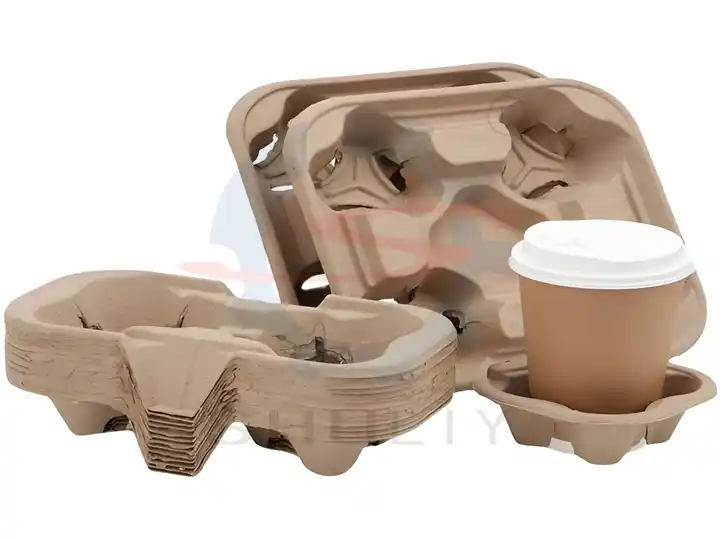
Fungsi Inti Baki Cangkir Kopi: Lebih dari Sekadar “Memegang”
Isolasi panas
Kopi panas dalam cangkir kertas tipis dapat membakar tangan Anda. Nampan cangkir bertindak sebagai penghalang panas, mengurangi ketidaknyamanan akibat menyentuh permukaan panas secara langsung.
Stabilitas anti-selip
Nampan yang dibentuk pas di sekitar dasar cangkir, mencegah cangkir terbalik atau tergelincir saat dibawa dan meningkatkan keamanan.
Mudah membawa beberapa cangkir
Dengan beberapa slot (biasanya untuk 2 atau 4 cangkir), pengguna dapat membawa beberapa kopi dengan satu tangan atau tas — sempurna untuk keluarga, kantor, atau pesanan kelompok.
Melindungi permukaan
Pembawa ini juga dapat digunakan sebagai tatakan untuk mencegah dasar cangkir panas meninggalkan bekas bakar atau cincin air di meja.
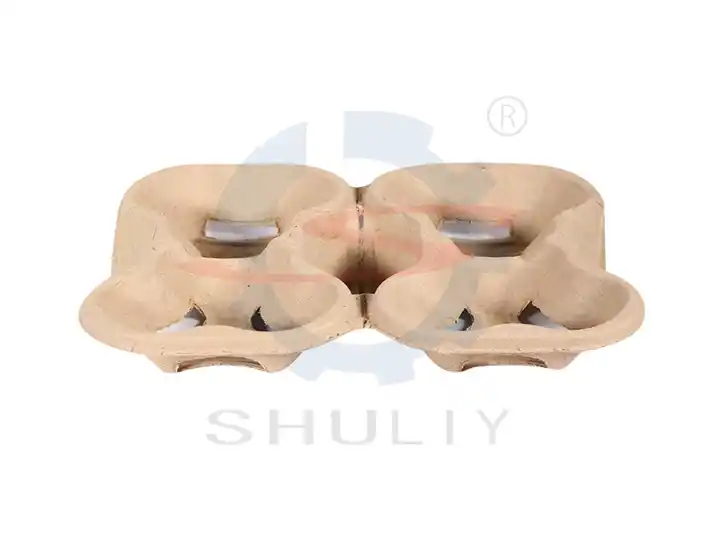
Peningkatan Berkelanjutan dalam Desain Pembawa Cangkir Kopi
Pembawa cangkir kertas modern telah mengalami banyak peningkatan di luar bentuk cetakan standar:
- Bahan ramah lingkungan: Terbuat dari pulp 100% yang dapat didaur ulang, dengan beberapa produk bahkan dapat terurai secara kompos.
- Struktur yang lebih kuat: Menggunakan pola bergelombang dan desain dukungan 3D untuk meningkatkan ketahanan tekanan.
- Pencetakan kustom: Banyak merek mencetak logo atau promosi mereka di nampan untuk meningkatkan visibilitas merek.
Keberlanjutan dan “Siklus Karbon”
Didorong oleh kebijakan lingkungan dan meningkatnya kesadaran konsumen, nampan cangkir kertas beralih ke solusi yang lebih ramah lingkungan:
- Beberapa negara dan wilayah telah melarang pemegang cangkir plastik, sepenuhnya mempromosikan nampan pulp cetakan.
- Pemegang cangkir silikon yang dapat digunakan kembali telah muncul di pasar sebagai peningkatan ramah lingkungan.
- Merek besar seperti Starbucks telah mulai mengumpulkan pemegang cangkir bekas untuk didaur ulang dan diproduksi kembali, mendorong sistem daur ulang tertutup.

Dampak Lingkungan dari Baki Cangkir Kopi Kertas
Sebagian besar nampan cangkir kertas terbuat dari kertas daur ulang, karton, dan koran bekas, yang membantu menghindari penebangan pohon baru dan mendorong penggunaan kembali kertas limbah serta daur ulang sumber daya. Bahan bakunya juga murah dan dapat diperoleh secara lokal.
Proses produksi menggunakan banyak air, tetapi lebih banyak pabrik sekarang menggunakan sistem daur ulang air tertutup untuk mengurangi pembuangan limbah.
Salah satu keuntungan utama dari pembawa kertas adalah bahwa mereka 100% terurai secara hayati. Mereka terurai secara alami menjadi bahan organik, berbeda dengan pembawa plastik yang dapat memerlukan waktu 200 hingga 500 tahun untuk terurai. Ini berarti baki cangkir kertas hampir tidak memiliki dampak jangka panjang pada tanah, lautan, atau ekosistem.
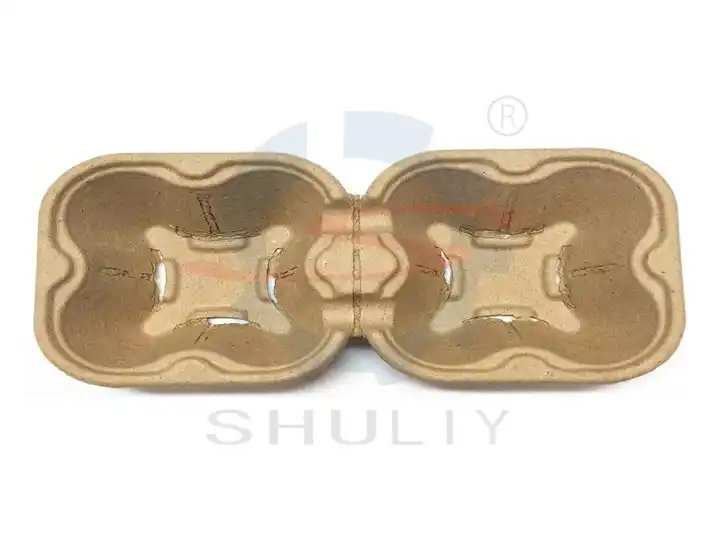
Produksi Pembawa Cangkir Kopi
Pembawa cangkir kopi kertas biasanya terbuat dari kertas limbah atau pulp daur ulang. Proses produksinya meliputi penggilingan, pembentukan dengan penyedotan cetakan, penekanan dan pelepasan cetakan, pengeringan, pembentukan, dan pengemasan.
Seluruh proses ini berfokus pada teknologi pencetakan pulp, yang efisien energi, ramah lingkungan, dan dapat terurai secara hayati—menjadikannya alternatif yang ideal untuk nampan plastik.
Jika Anda ingin mempelajari lebih lanjut tentang mesin dan peralatan kami, silakan lihat artikel kami. Mesin Pembuat Baki Cangkir Kopi
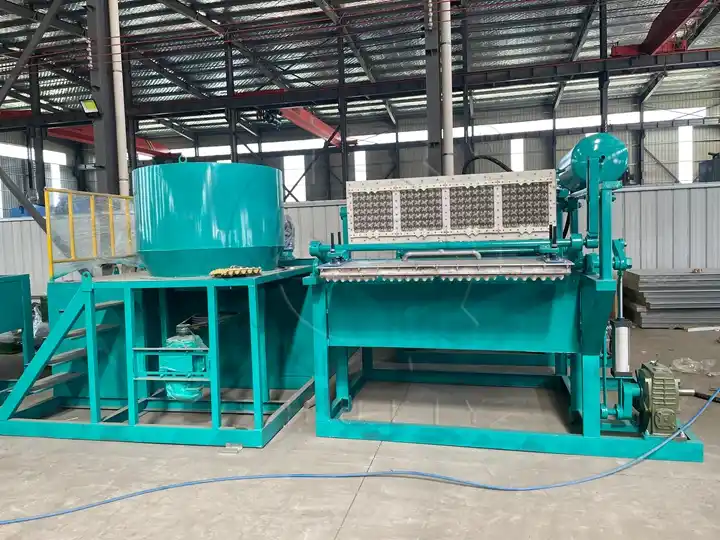
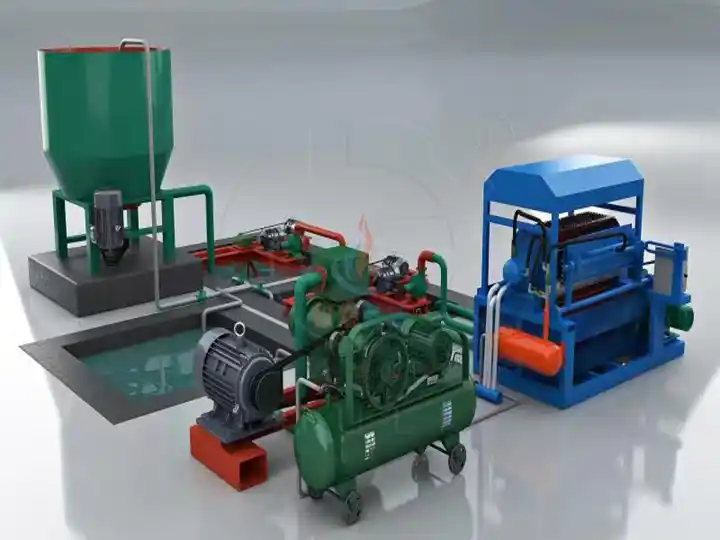
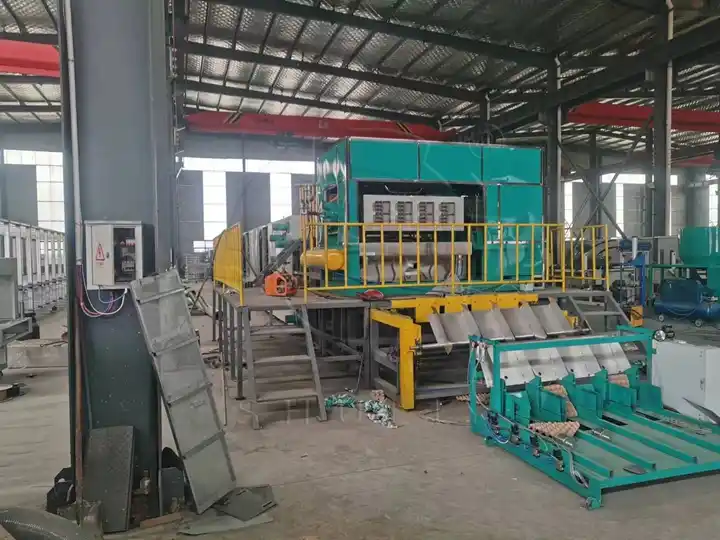
Satu Pembawa Cangkir Menghubungkan Lebih dari Sekadar Minuman
Meskipun pembawa cangkir kopi kertas mungkin terlihat kecil dan sederhana, itu adalah bagian penting dari sistem minuman untuk dibawa pulang. Ini mencerminkan perhatian terhadap pengalaman pengguna, memastikan transportasi yang aman, dan merespons tren lingkungan. Dari fungsi dan desain hingga bahan dan keberlanjutan, ia dengan tenang berkontribusi untuk membuat kehidupan modern lebih nyaman dan ramah lingkungan.

